Optimal Timing for Asphalt Sealings
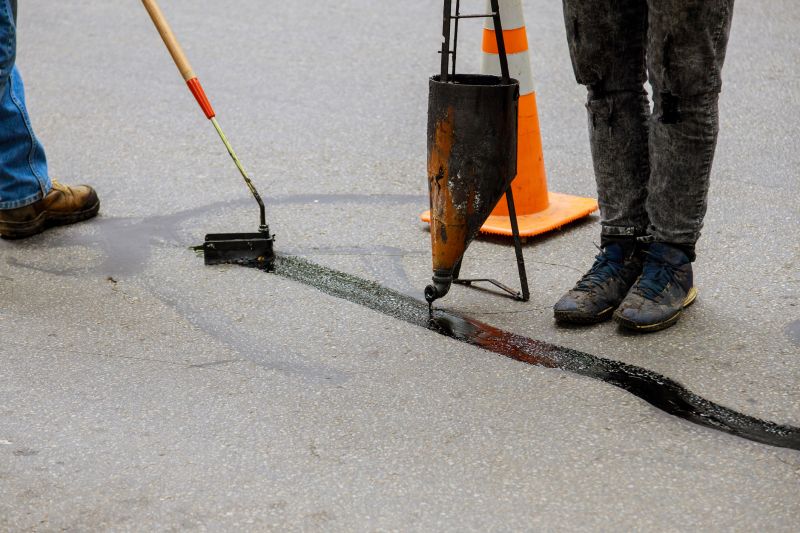
Spring provides moderate temperatures ideal for sealing, ensuring proper curing and adhesion.
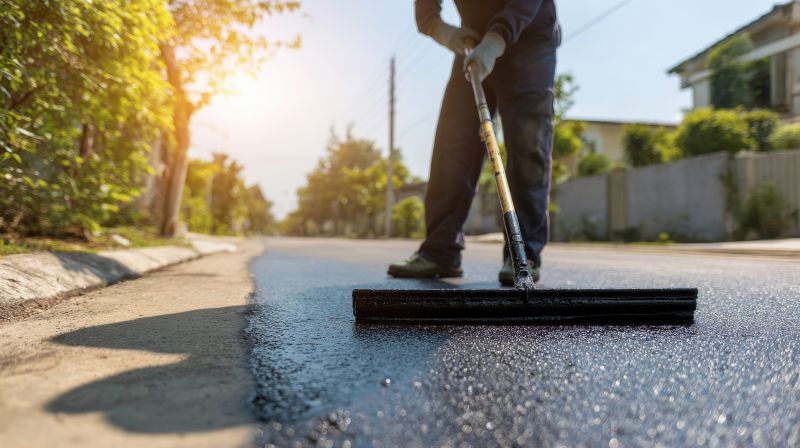
Summer offers warm weather, but high temperatures can affect the curing process if not managed properly.
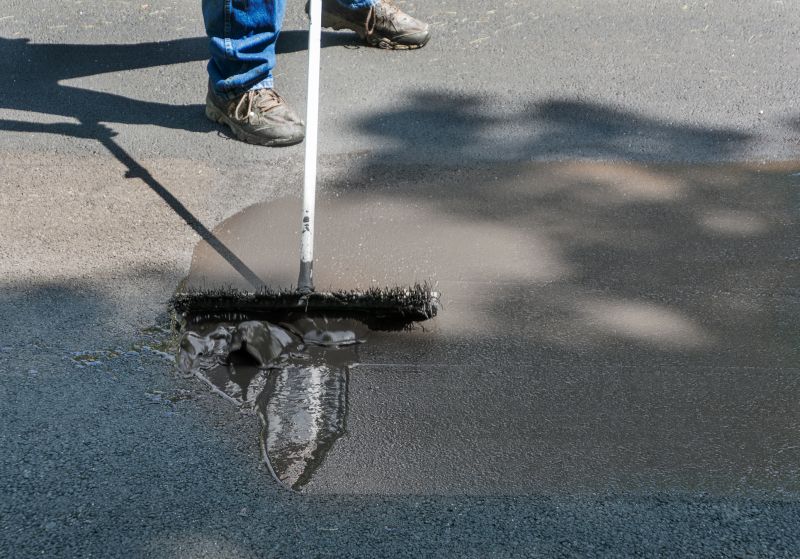
Fall's cooler temperatures and lower humidity levels make it suitable for sealing before winter.
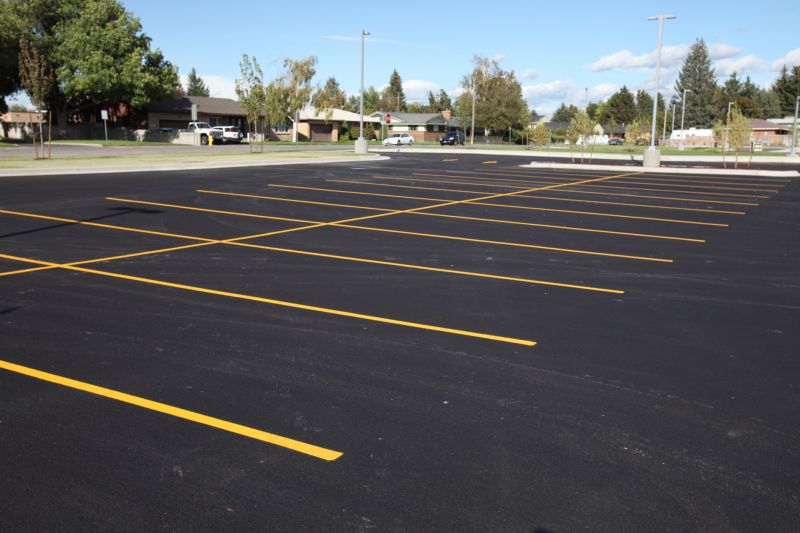
Ways to make Asphalt Sealings work in tight or awkward layouts.
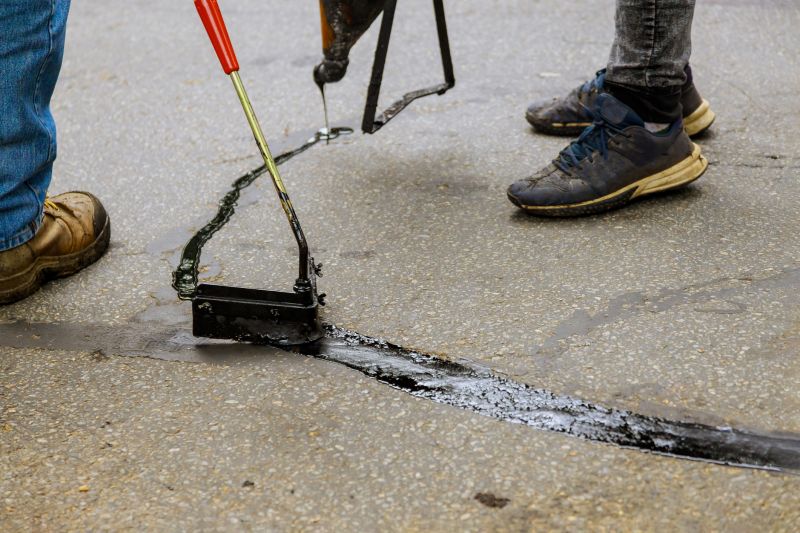
Popular materials for Asphalt Sealings and why they hold up over time.

Simple add-ons that improve Asphalt Sealings without blowing the budget.
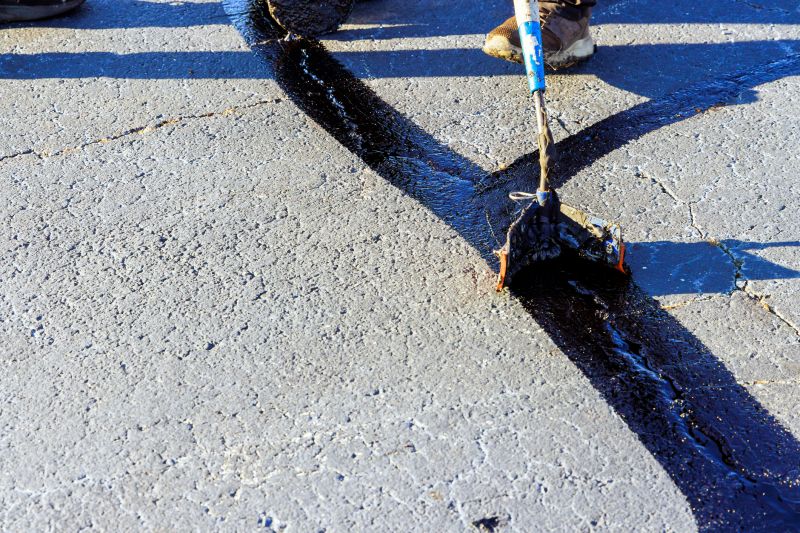
High-end options that actually feel worth it for Asphalt Sealings.
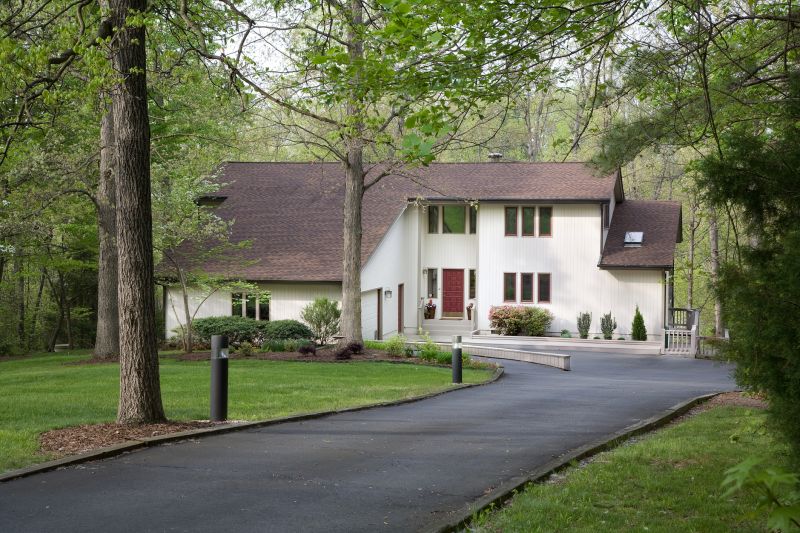
Finishes and colors that play nicely with Asphalt Sealings.
Asphalt sealings are crucial for maintaining the integrity and appearance of paved surfaces. They serve as a protective barrier against water, UV rays, and chemicals, extending the lifespan of asphalt pavement. Proper timing for sealings ensures optimal adhesion and durability, preventing premature deterioration.
Statistics indicate that sealing asphalt surfaces can extend their service life by up to 50%, reducing long-term repair costs. The best time to apply sealings depends on climate conditions, with moderate temperatures and low moisture levels being ideal for effective application and curing.
Temperature, humidity, and weather forecasts are key factors in determining the optimal sealing period.
Proper cleaning and repair of cracks before sealing enhance adhesion and longevity.
Cracks and surface wear indicate the need for sealing to prevent water infiltration.
Timely application helps maintain surface quality and prevents costly repairs.
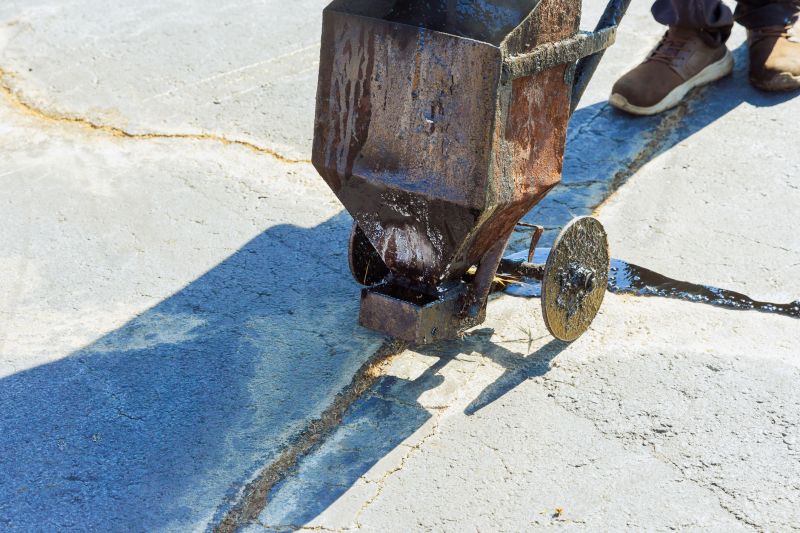
Application involves cleaning, crack repair, and even coating for protection.
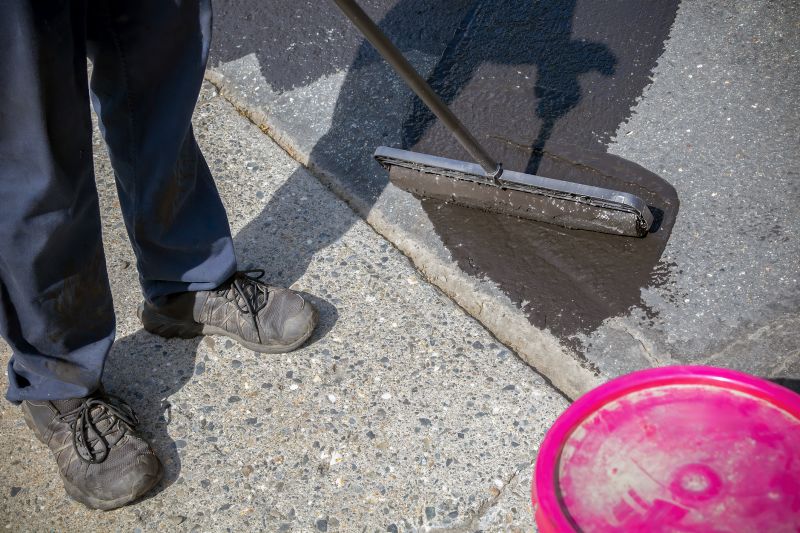
Sprayers and squeegees ensure uniform coverage and proper sealing.
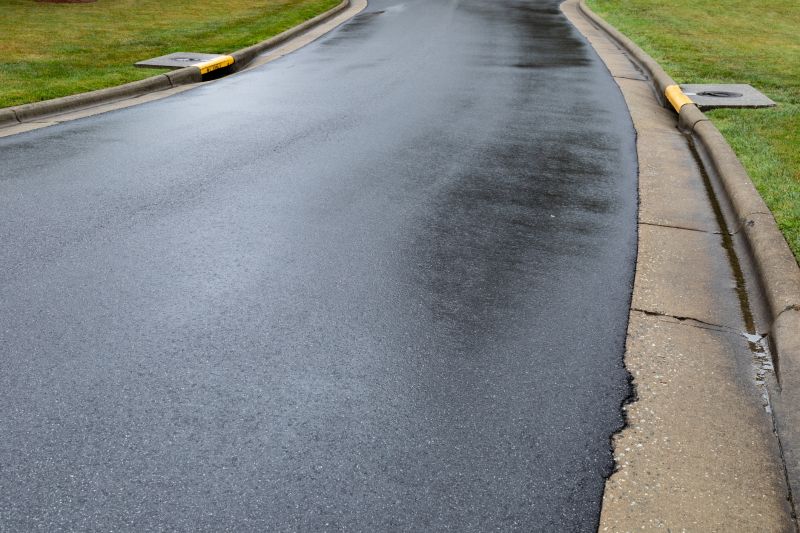
Properly sealed surfaces exhibit a smooth, dark finish that enhances curb appeal.
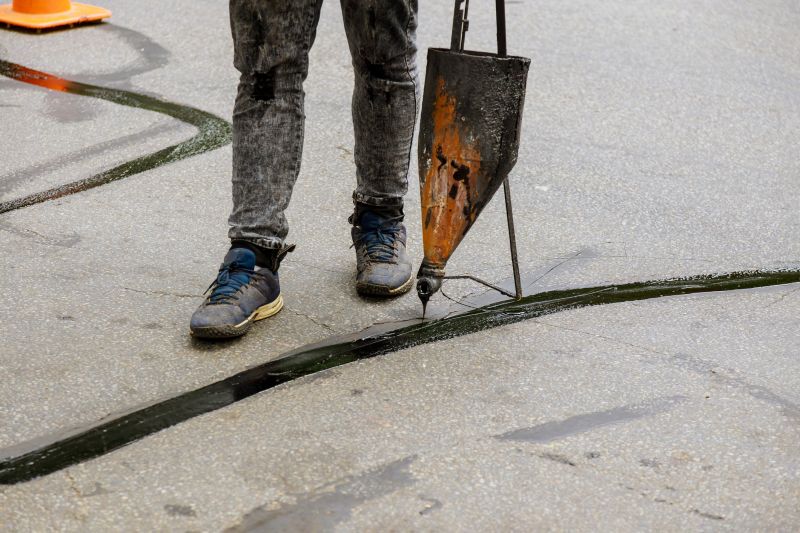
Regular sealing during appropriate seasons maintains pavement quality.

Little measurements that prevent headaches on Asphalt Sealings day.

A 60-second routine that keeps Asphalt Sealings looking new.
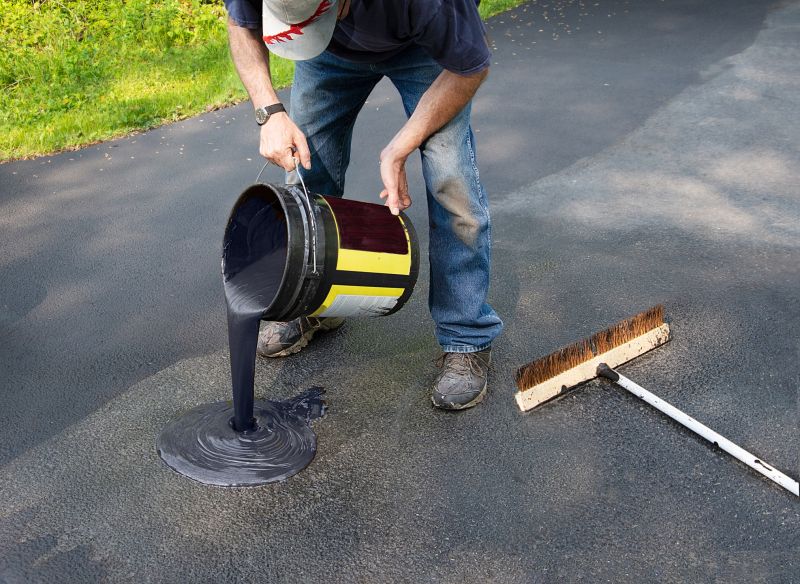
A frequent mistake in Asphalt Sealings and how to dodge it.
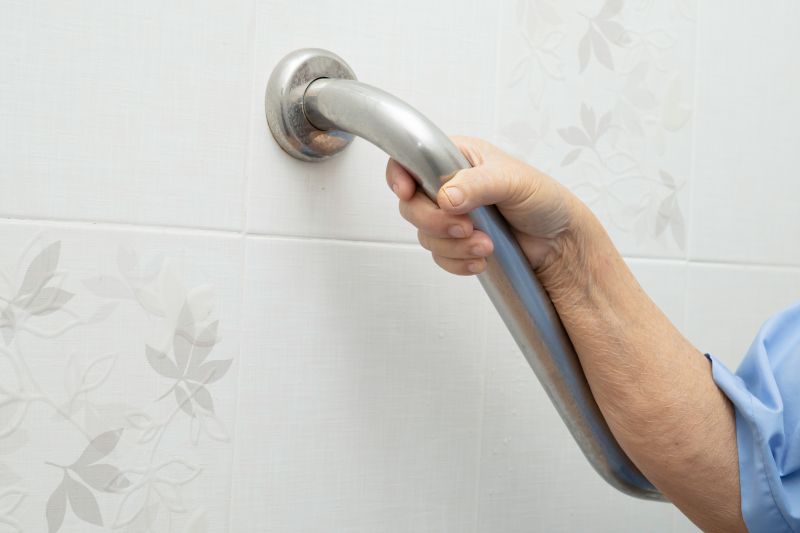
Small tweaks to make Asphalt Sealings safer and easier to use.
| Season | Optimal Conditions |
|---|---|
| Spring | Temperatures between 50-70°F, low humidity |
| Summer | Temperatures between 70-85°F, dry weather |
| Fall | Temperatures between 50-70°F, low humidity |
| Winter | Not recommended due to freezing temperatures |
Choosing the right time for asphalt sealings maximizes their effectiveness. Applying sealings during suitable weather conditions ensures proper curing and adhesion, which are essential for long-lasting protection. Ignoring seasonal considerations can lead to ineffective sealing and reduced pavement lifespan.
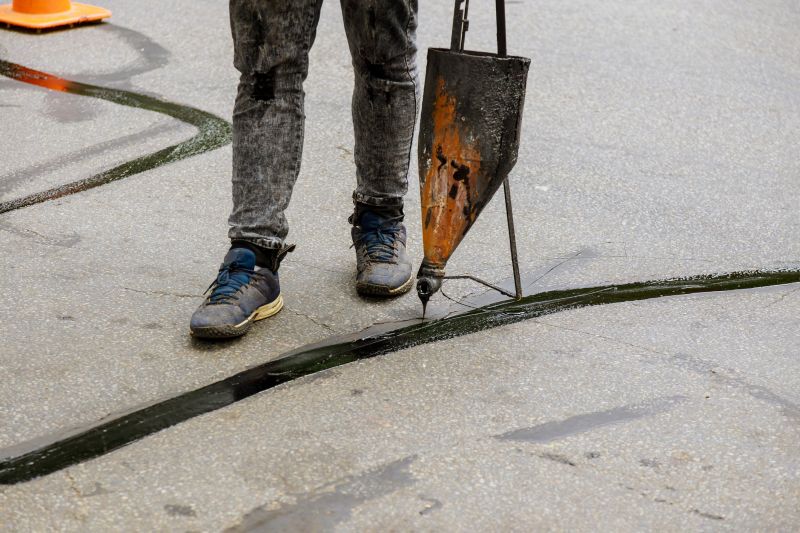
Experienced technicians ensure even application for optimal protection.

Allowing sufficient curing time is vital for durability.

Inspecting the surface ensures proper coverage and adhesion.
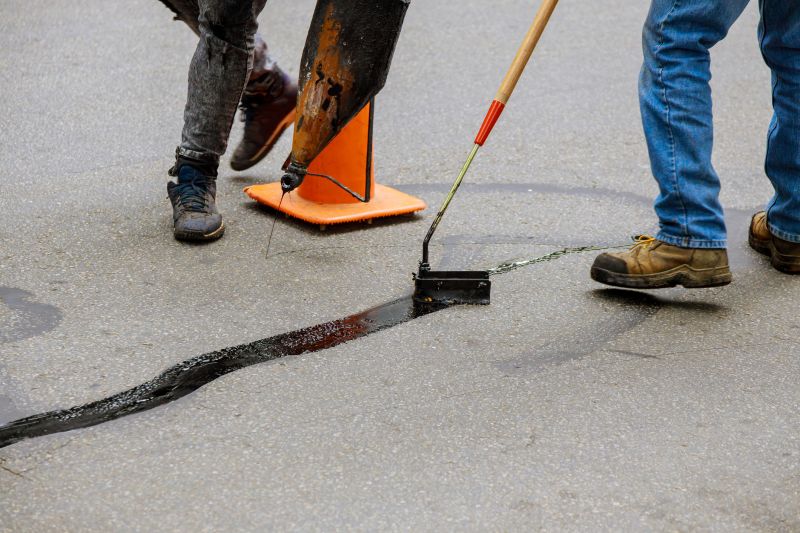
Scheduling in appropriate seasons guarantees best results.

Lower-waste or water-saving choices for Asphalt Sealings.
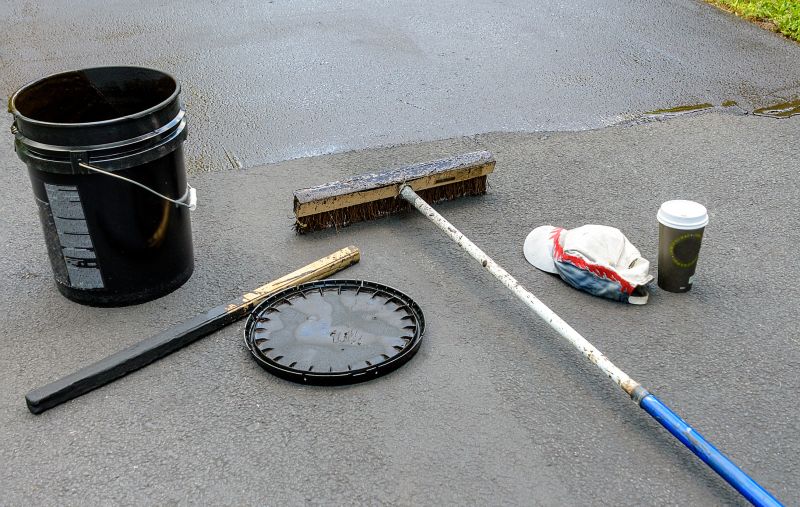
The short, realistic tool list for quality Asphalt Sealings.
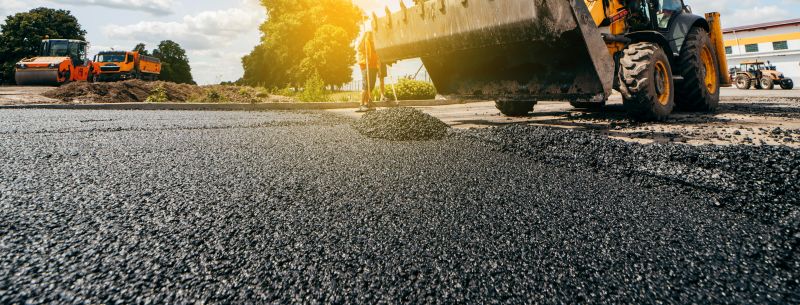
Rough timing from prep to clean-up for Asphalt Sealings.
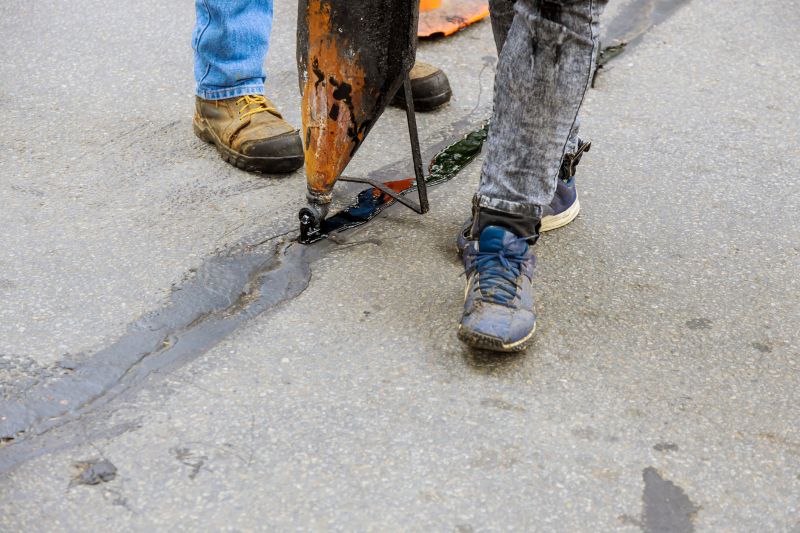
Quick checks and paperwork to keep after Asphalt Sealings.
Regular inspections and timely sealings are key components of asphalt maintenance. Properly scheduled sealings prevent water infiltration, reduce cracking, and preserve the surface's appearance. For optimal results, it is recommended to consult local weather patterns and pavement conditions before scheduling sealing services.
Interested in asphalt sealings for a property in Fishers, IN? Filling out the contact form can provide more information and help schedule service during the most suitable season for pavement protection.
